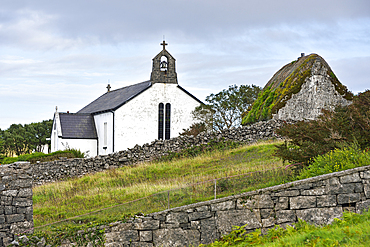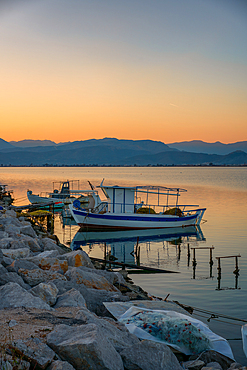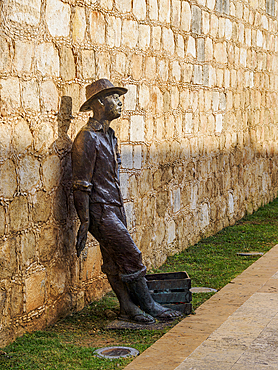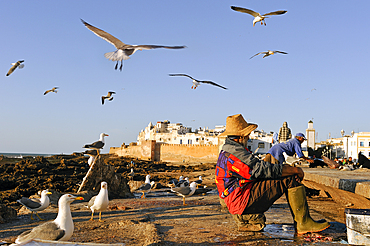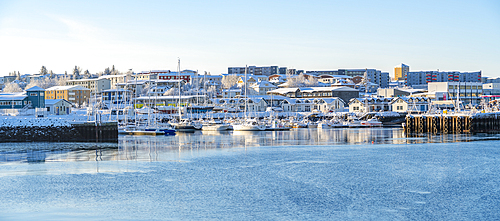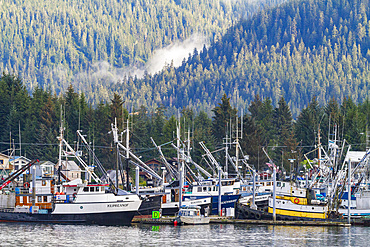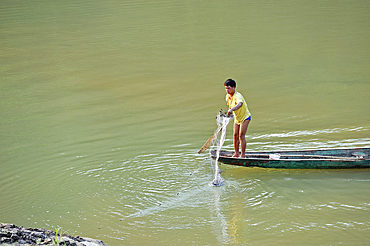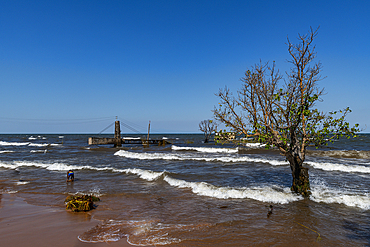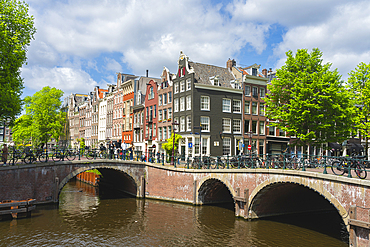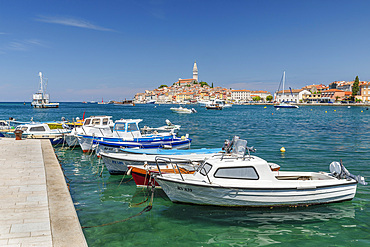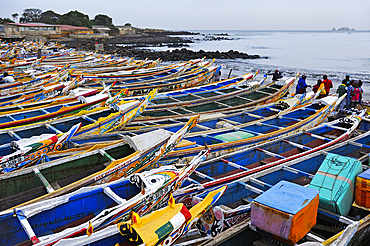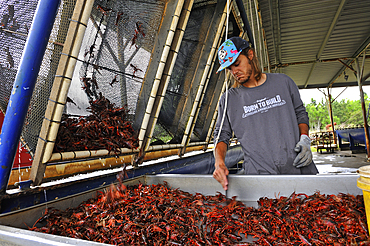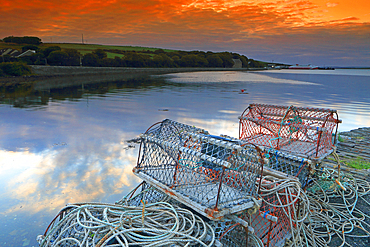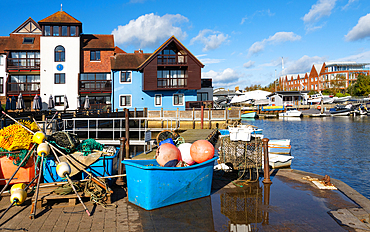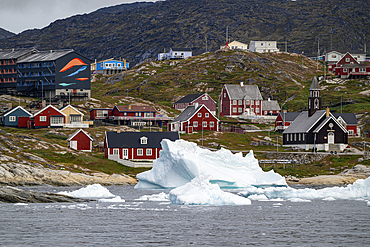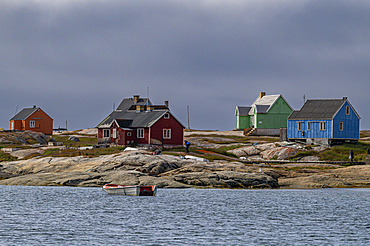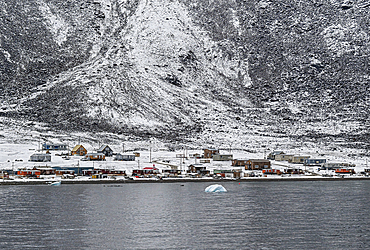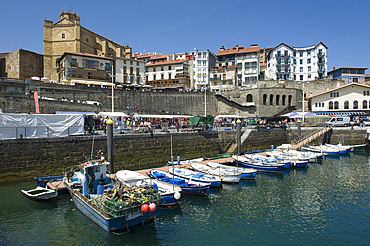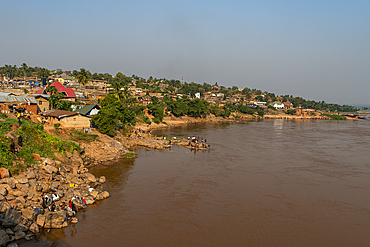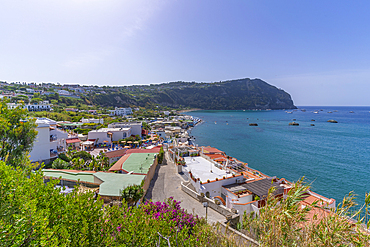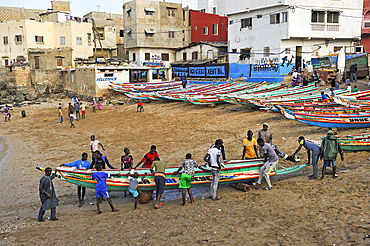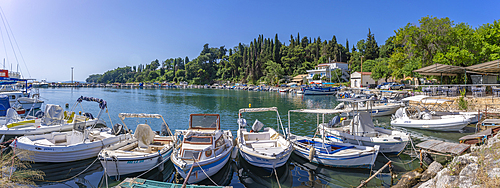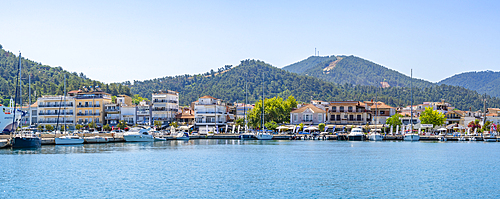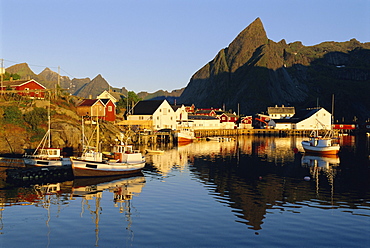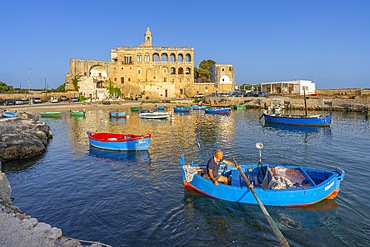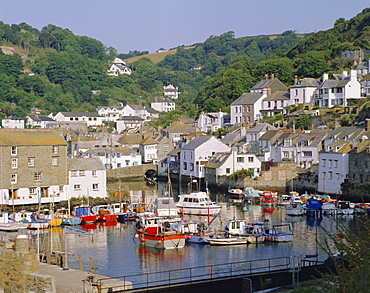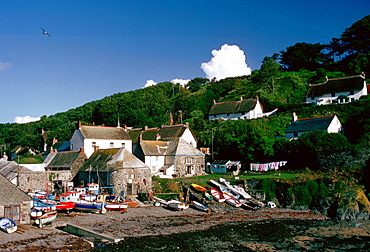Results
« Previous 1 2 3 4
381 results found
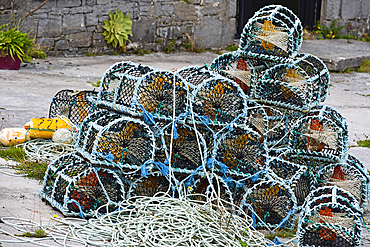
Crab and lobster traps, Inishmore, largest of the Aran Islands, Galway Bay, County Galway, Connacht, Republic of Ireland
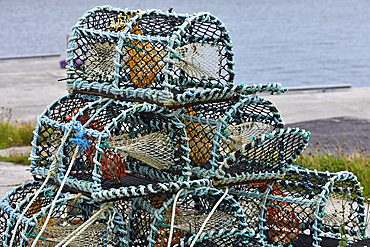
Crab and lobster traps, Inishmore, largest of the Aran Islands, Galway Bay, County Galway, Connacht, Republic of Ireland
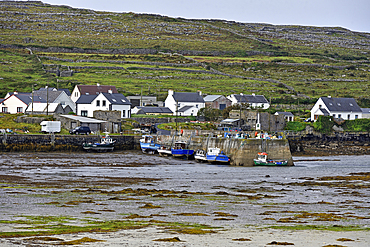
Small harbour of Rossaveel Lower, Inishmore, the largest of the Aran Islands, Galway Bay, Count Galway, Connacht, Republic of Irelan
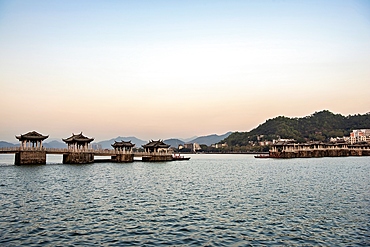
Guangji Bridge, built in 1170, one of China's four famous ancient bridges, Chaozhou, Guangdong province, China
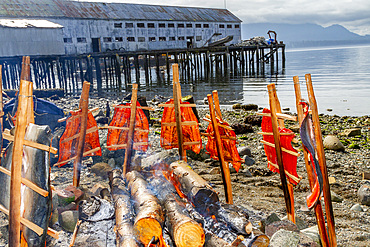
Smoking salmon over an alder wood fire by the First Nations Kwakwaka'wakw people in Alert Bay, British Columbia, Canada, North America
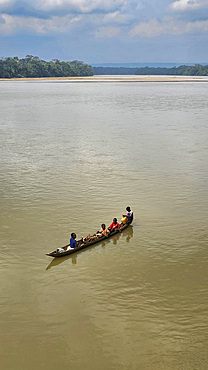
Locals in a canoe on the Sangha river, Dzanga Sangha National Park, UNESCO, Central African Republic

Cod drying on racks temporarily built for that purpose in the small fishing town of A in the Lofoten Island Group, Norway
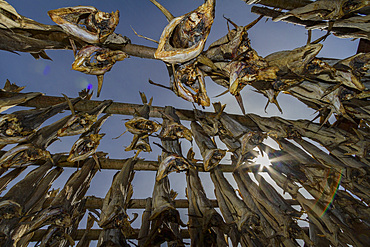
Cod drying on racks temporarily built for that purpose in the small fishing town of A in the Lofoten Island Group, Norway
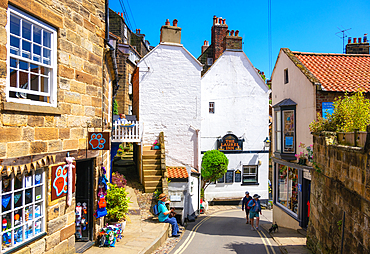
Streets of Robin Hoods Bay, an old fishing village on the North York Moors Heritage Coast, North Yorkshire, England, United Kingdom

Fishing net and fishermen on boat in town of Petersburg on Mitkof Island, Southeast Alaska, Pacific Ocean, United States of America, North America
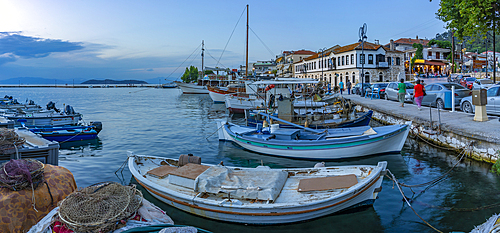
View of boats and harbour in Thassos Town at dusk, Thassos, Aegean Sea, Greek Islands, Greece, Europe

Sea urchins just caught and opened showing the edible cores (uni), Perna inlet, Palmizana, St Clement island, Hell's Islands (Pakleni), Hvar city, Hvar island, Croatia, Southeast Europe
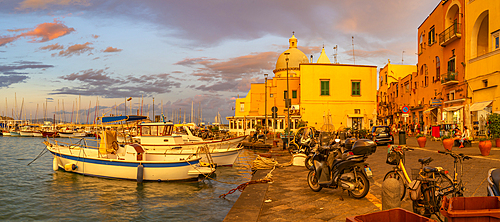
View of the fishing port Marina Grande with boats at golden hour, Procida, Phlegraean Islands, Gulf of Naples, Campania, Southern Italy, Italy, Europe
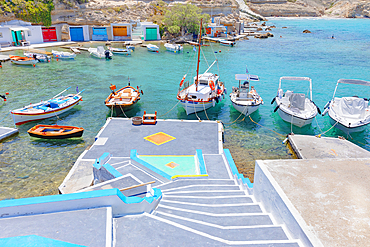
The small fishing village of Mandrakia, Mandrakia, Milos Island, Cyclades Islands, Greek Islands, Greece, Europe
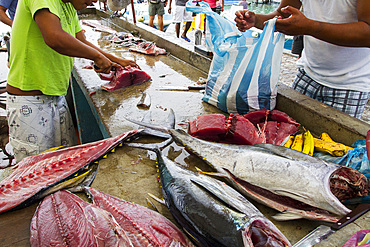
Scene of the fish market in the port town of Puerto Ayora, Santa Cruz Island, Galapagos Islands, UNESCO World Heritage Site, Ecuador, South America
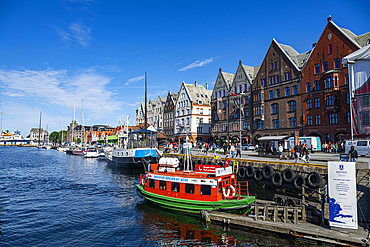
Historic Hanseatic quarter, UNESCO World Heritage Site, Bergen, Vestland, Norway, Scandinavia, Europe
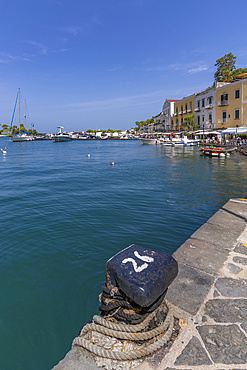
View of boats and restaurants in Porto d'Ischia (Port of Ischia), Island of Ischia, Campania, Italy, Europe
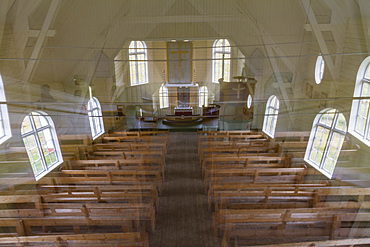
Views of the church at Grytviken, Swedish for Pot Cove, on South Georgia in the South Atlantic, Polar Regions

Toomarahva Tourism Farm, situated in the National Park of Lahemaa, in small fishing village of Altja, Estonia, Europe

Traditional colourful fishing boats moored in Port de Nice, UNESCO, Alpes Maritimes, French Riviera, Provence, France
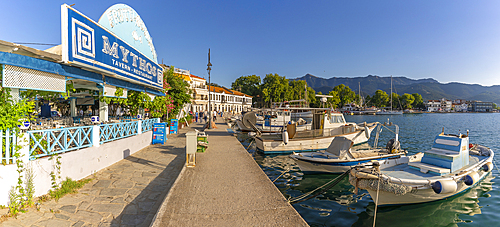
View of restaurant, boats and harbour in Thassos Town, Thassos, Aegean Sea, Greek Islands, Greece, Europe
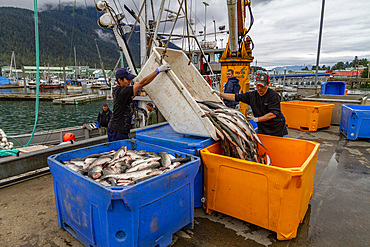
Fishermen offloading catch on quay in fishing town of Petersburg on Mitkof Island, Southeast Alaska, Pacific Ocean, United States of America, North America

Fishing boat at the harbour of Puerto de Mogan, Gran Canaria, Canary Islands, Spain, Atlantic, Europe
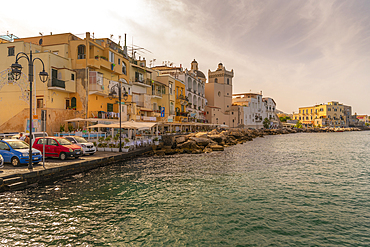
View of Duomo di Santa Maria Assunta and coastline, Port of Ischia, Island of Ischia, Campania, Italy, Europe

Heronissos fishing village, high angle view, Heronissos, Sifnos Island, Cyclades, Greek Islands, Greece, Europe
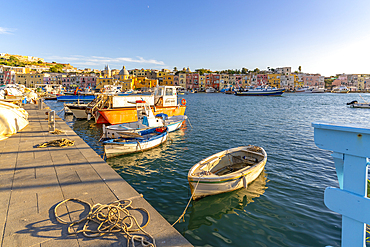
View of Church of Santa Maria della Pieta in the fishing port Marina Grande with boats at golden hour, Procida, Phlegraean Islands, Gulf of Naples, Campania, Southern Italy, Italy, Europe
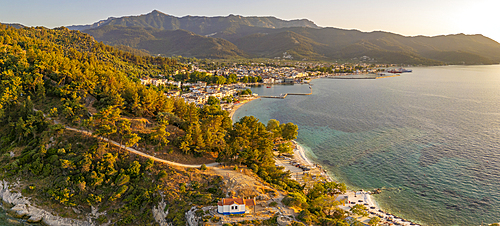
View of Church of the Holy Apostles and Thassos Town in background, Thassos Town, Limenas, Thassos, Aegean Sea, Greek Islands, Greece, Europe
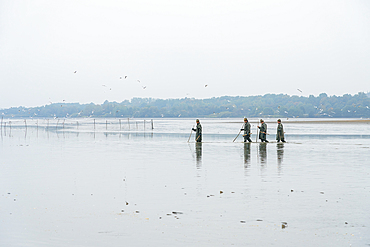
Four fishermen with poles wading through mud during preparation for fish harvest, Rozmberk Pond, UNESCO Biosphere, Trebon, Jindrichuv Hradec District, South Bohemian Region, Czech Republic (Czechia), Europe
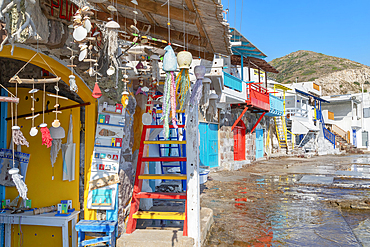
The small fishing village of Klima, Klima, Milos Island, Cyclades Islands, Greek Islands, Greece, Europe

Crab fishing pots being stored at the dock in Dutch Harbor in the community of Unalaska, Alaska, United States of America, North America
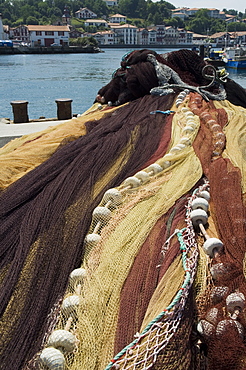
Fishing nets, Saint Jean de Luz (St.-Jean-de-Luz), Basque country, Pyrenees-Atlantiques, Aquitaine, France, Europe

Fisherman community under Pamban Bridge with colourful fishing boats, Pamban Straits, Rameshwaram, Tamil Nadu, India, Asia

Traditional fishing hauling nets, Nilavelli beach, near Trincomalee, Eastern province, Sri Lanka, Asia
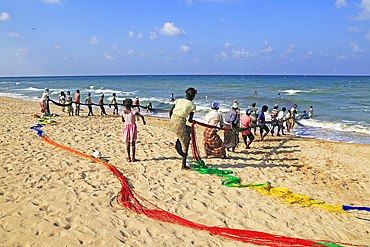
Traditional fishing hauling nets, Nilavelli beach, near Trincomalee, Eastern province, Sri Lanka, Asia
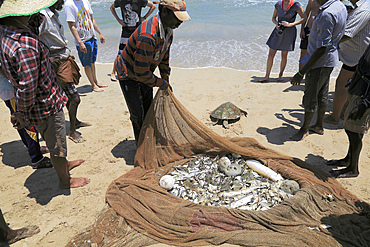
Traditional fishing hauling nets, Nilavelli beach, near Trincomalee, Eastern province, Sri Lanka, Asia

Historic Wrangell, outback pioneer port and fishing community, gateway to Stikine River, Inside Passage, Southeast Alaska, United States of America, North America
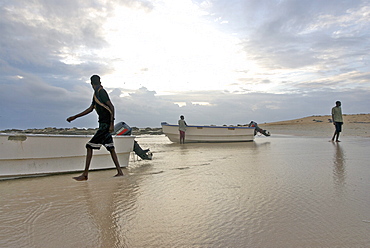
Hardest hit was a 650 kilometers stretch of the somali coastline between garacad (mudung region) and xaafuun (bari region), which forms part of the puntland province near the horn of africa. The tsunami resulted in the death of some 300 people and extensive destruction of shelters, houses and water sources as well as fishing gear. The livelihoods of many people residing in towns and small villages along the somali indian ocean coastline, particularly in the northern regions, were devastated
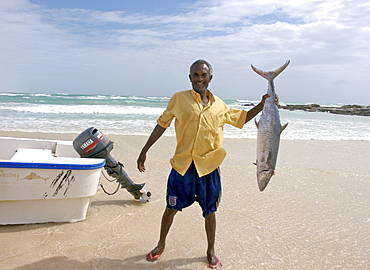
Hardest hit was a 650 kilometers stretch of the somali coastline between garacad (mudung region) and xaafuun (bari region), which forms part of the puntland province near the horn of africa. The tsunami resulted in the death of some 300 people and extensive destruction of shelters, houses and water sources as well as fishing gear. The livelihoods of many people residing in towns and small villages along the somali indian ocean coastline, particularly in the northern regions, were devastated
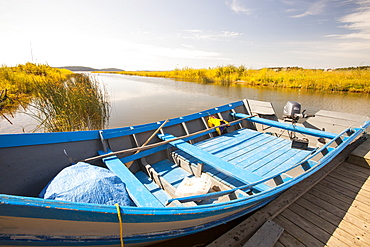
A fishing boat on Lake Athabasca in Fort Chipewyan, a First Nation community downstream of the tar sands industry, Alberta, Canada, North America
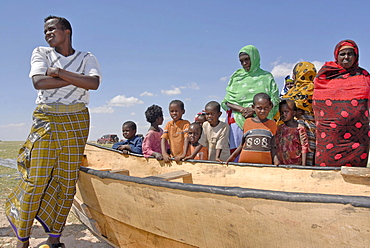
Hardest hit was a 650 kilometers stretch of the somali coastline between garacad (mudung region) and xaafuun (bari region), which forms part of the puntland province near the horn of africa. The tsunami resulted in the death of some 300 people and extensive destruction of shelters, houses and water sources as well as fishing gear. The livelihoods of many people residing in towns and small villages along the somali indian ocean coastline, particularly in the northern regions, were devastated

Hardest hit was a 650 kilometers stretch of the somali coastline between garacad (mudung region) and xaafuun (bari region), which forms part of the puntland province near the horn of africa. The tsunami resulted in the death of some 300 people and extensive destruction of shelters, houses and water sources as well as fishing gear. The livelihoods of many people residing in towns and small villages along the somali indian ocean coastline, particularly in the northern regions, were devastated

Hardest hit was a 650 kilometers stretch of the somali coastline between garacad (mudung region) and xaafuun (bari region), which forms part of the puntland province near the horn of africa. The tsunami resulted in the death of some 300 people and extensive destruction of shelters, houses and water sources as well as fishing gear. The livelihoods of many people residing in towns and small villages along the somali indian ocean coastline, particularly in the northern regions, were devastated
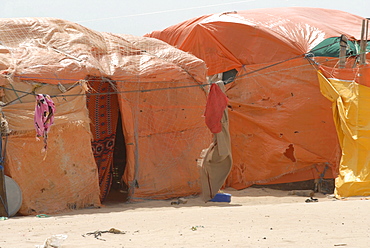
Hardest hit was a 650 kilometers stretch of the somali coastline between garacad (mudung region) and xaafuun (bari region), which forms part of the puntland province near the horn of africa. The tsunami resulted in the death of some 300 people and extensive destruction of shelters, houses and water sources as well as fishing gear. The livelihoods of many people residing in towns and small villages along the somali indian ocean coastline, particularly in the northern regions, were devastated

Hardest hit was a 650 kilometers stretch of the somali coastline between garacad (mudung region) and xaafuun (bari region), which forms part of the puntland province near the horn of africa. The tsunami resulted in the death of some 300 people and extensive destruction of shelters, houses and water sources as well as fishing gear. The livelihoods of many people residing in towns and small villages along the somali indian ocean coastline, particularly in the northern regions, were devastated
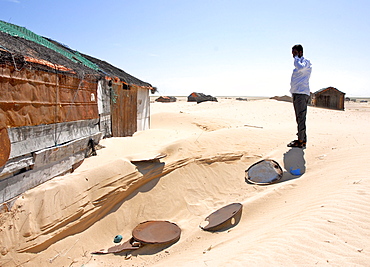
Hardest hit was a 650 kilometers stretch of the somali coastline between garacad (mudung region) and xaafuun (bari region), which forms part of the puntland province near the horn of africa. The tsunami resulted in the death of some 300 people and extensive destruction of shelters, houses and water sources as well as fishing gear. The livelihoods of many people residing in towns and small villages along the somali indian ocean coastline, particularly in the northern regions, were devastated

Hardest hit was a 650 kilometers stretch of the somali coastline between garacad (mudung region) and xaafuun (bari region), which forms part of the puntland province near the horn of africa. The tsunami resulted in the death of some 300 people and extensive destruction of shelters, houses and water sources as well as fishing gear. The livelihoods of many people residing in towns and small villages along the somali indian ocean coastline, particularly in the northern regions, were devastated

Hardest hit was a 650 kilometers stretch of the somali coastline between garacad (mudung region) and xaafuun (bari region), which forms part of the puntland province near the horn of africa. The tsunami resulted in the death of some 300 people and extensive destruction of shelters, houses and water sources as well as fishing gear. The livelihoods of many people residing in towns and small villages along the somali indian ocean coastline, particularly in the northern regions, were devastated

Hardest hit was a 650 kilometers stretch of the somali coastline between garacad (mudung region) and xaafuun (bari region), which forms part of the puntland province near the horn of africa. The tsunami resulted in the death of some 300 people and extensive destruction of shelters, houses and water sources as well as fishing gear. The livelihoods of many people residing in towns and small villages along the somali indian ocean coastline, particularly in the northern regions, were devastated

Hardest hit was a 650 kilometers stretch of the somali coastline between garacad (mudung region) and xaafuun (bari region), which forms part of the puntland province near the horn of africa. The tsunami resulted in the death of some 300 people and extensive destruction of shelters, houses and water sources as well as fishing gear. The livelihoods of many people residing in towns and small villages along the somali indian ocean coastline, particularly in the northern regions, were devastated
